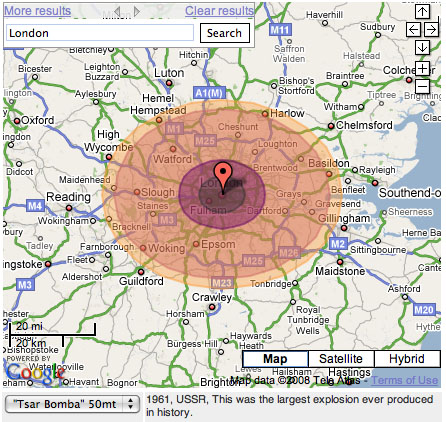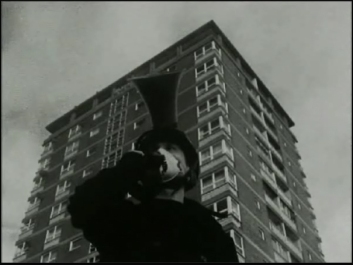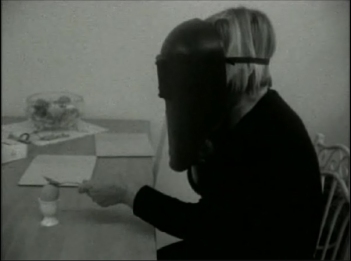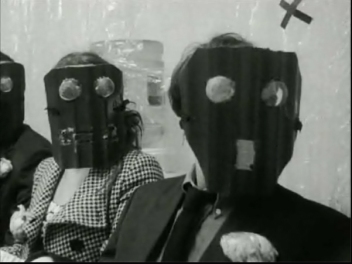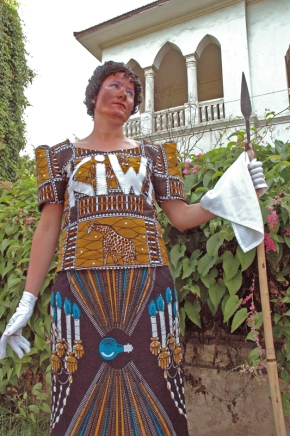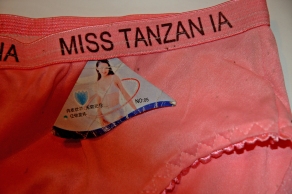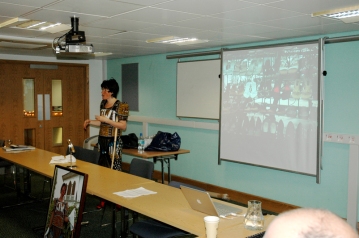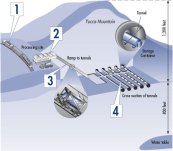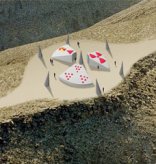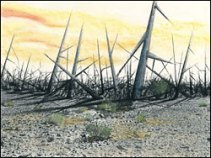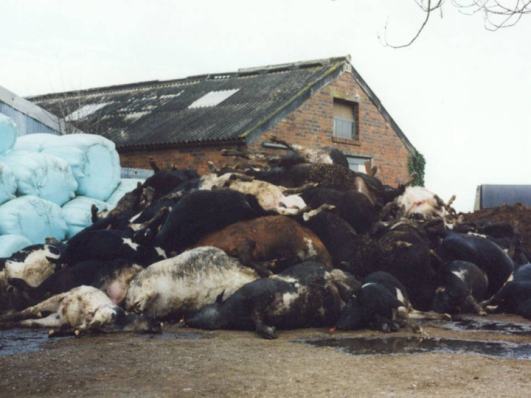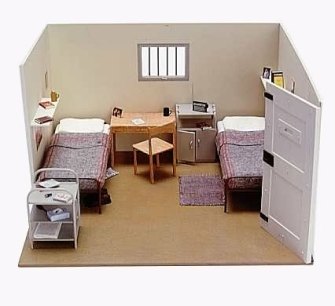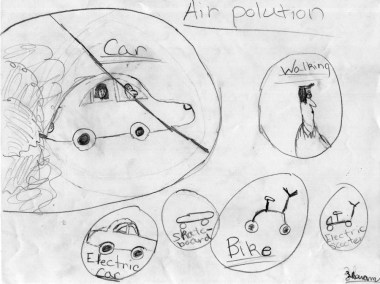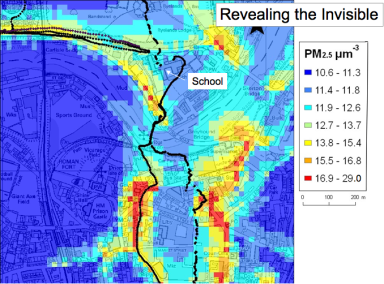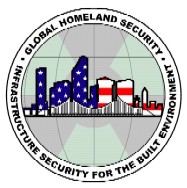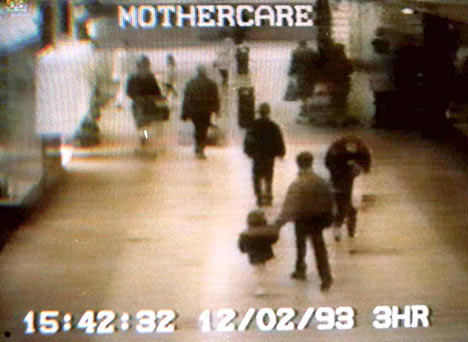

This project is entitled NANONOIA and was presented at the Proximities workshop in November 2007. In this presentation I will discuss its development by highlighting my process and design decisions and ending with further space for explorations.There are two phases to this project:
PHASE ONE: Influences
First phase addresses my influences, research and initial questions. The second phase further explores the complexities of my scenarios: raising more questions. My initial influence was from an article discussing the current applications of nano technologies in commercial organisations. The article discussed the future impact of hand held nano sensors that could indicate whether the parson you are sitting nxt to on the bus has flu or whether the street you are walking down has a high carbon monoxide count or the salad you are abotu to it has a bacteria that will cause food poisoning. This hyper awareness of our immediate future health raised question of paranoia + future phobias and implication this tech will have on psycho somatic disorders.
This lead to the question what of this paranoia were to escalate and begin to affect interactions within our relationships and environmen?
My visual research: detection + protection. How these products/systems already affect relationships and environments.
Acute sensitivity: what if protection/detection became biokleptic:ie borrow biological processes from immune system and manipulate them to enable physical manifestations into more meaningful signals.
Health supplement provides individual with a sixth sense by boosting and augmenting the immune system.
Could supplement provide individual with a sixth sense? Offering a new code of reference: PHYSICAL MANIFESTATION
Each physical manifestation illustrates the individual’s reaction to their surroundings. Each symbol translates into the individual’s probability of contracting a virus from certain contagions.
These illustrations created more questions: how would this biokleptic acute sensitivity be provided to an individual?
PHASE TWO: Who is the service provider?



This second phase explores further complexities of this scenario. How would a service create further implications to society? The 6sense health supplement that enhances our immune system.
Is the service publicly run, privately invested? Designed various touch points that provide further questions and future scenarios.
Would the service provider offer….?
– Inductions and starter packs?
– DNA tests?
– Tailored treatment + applications
– Could one could learn to read themselves and translate their symbols, a dictionary for themselves
– A manual that offers various tips on what to do in an emergency?
– (code of conduct/charter) (who and how is support structure exist in your life, subscription?)- nicorette style
– Similar to diabetics, 6sense members have own inconspicuous ways to gain access to certain areas and public services. Private members clubs
– Depending on location, provided with various maps identifying nearest quarantine zone (food and water and treatment safe house) (casa segura, humane borders projects)
– Own individual proxemic contingency chart, Indicates minimum distance 6 sense members need to be to reduce risk to disease level.
This service provider and the various products they offer raise further implications in society and the interactions individuals have in environment and between relationships. Does it increase hypochondria cases?, somatic syndromes, obsessive compulsive disorders/phobias
What might be the propaganda poster campaign? E.g. NHS tissue. Underground politeness/terrorist warnings; use your senses
READ MORE about the future of the 6sense health supplement HERE>
Filed under: design interactions, distance, nanotech, propaganda, proximities, safe_living, senses, social_interaction, workshop 3 | Leave a comment »
